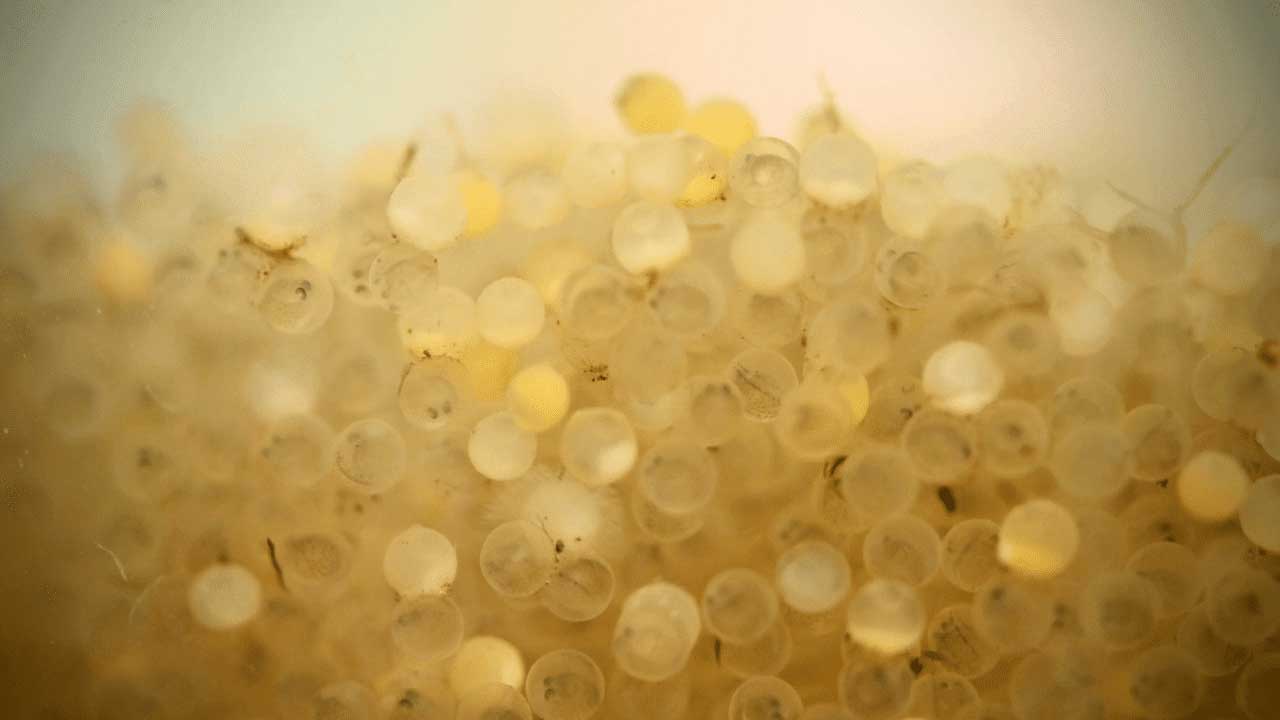Rivers are one of the primary areas walleye reproduction happens in north country lakes. The correct bottom composition is critical, which is clean rock and gravel.
It’s interesting how walleyes come into these spawning sites. One night there’s no fish, the next night they all show up. How far did they come from? How did they show up exactly at the same time?
The spawn occurs in a narrow window in spring when the water temperatures rise into the mid-40-degree range. Walleyes are broadcast spawners — the female usually dumps between 300 to 400 eggs at a time during five-minute intervals, which are then fertilized by multiple males.
The eggs then fall and stick to the bottom to incubate for 10 to 20 days. Many of those eggs will grow to catchable size in four years — if they make it that long!
Today a lot of walleyes we catch are stocked fish that come from DNR stripping stations and egg factories. The reason they do this is to raise more fish in a mostly protected state to minimize the mortality of the eggs, fry, and fingerlings, which are then stocked in lakes that don’t have good natural reproduction.
In many of our big lakes, natural reproduction still makes up the bulk of fish we catch.









